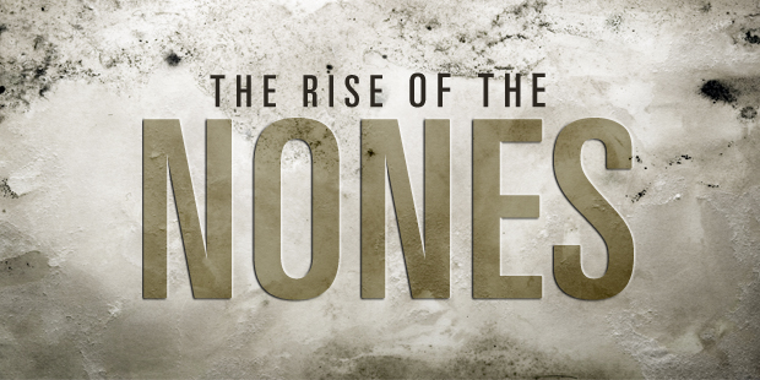UK: New figures reveal massive decline in religious affiliation
By Ruth Gledhill
www.christiantoday.com
October 17, 2014
In five decades, the number of people with no religion in Britain has grown from just 3 per cent of the population to nearly half, according to a new survey. Among adults aged under 25, nearly two-thirds define themselves as "nones", or people with no religious affiliation.
The findings present an enormous challenge for the churches over how they make faith appealing to young people, in a world where many young will be appalled at how the male-dominated church leadership has made discrimination against women and homosexuals a defining feature of orthodox mission.
If the trends continue, Methodists will be extinct in a few decades and the Church of England also faces massive decline by the end of the century.
Only the Catholics are currently holding up, along with some minority faiths, in the mass move towards atheism and agnosticism in Britain.
Ben Clements of British Religion in Numbers has analysed the latest data from the first stage of the 2015 British Election Study, a survey of more than 20,000 people by a team of academics from Manchester, Oxford and Nottingham universities.
His results, posted on the British Religion in Numbers website, make for gloomy reading for most churches in the UK.
According to the results, nearly half the population, 44.7 per cent, now do not belong to any religion at all. Nearly a third identify as Church of England or Anglican and nearly one in ten as Catholic. Just 1.6 per cent identify as Muslim. Among those aged 18-24, just 14.2 per cent identify as Anglican, 8.5 per cent as Catholic and 11 per cent as other religion. Only among the over 65s are the numbers of Anglicans holding up, at 46.4 per cent.
The average age is highest for Anglicans, at 53.7 years, and lowest for those with no religion, 43.3 years, or a non-Christian faith, 42.2 years.
Clements reports that over the five decades from 1963, when the British Election Study began, to this summer, the major features are the resilience of Catholicism and a decline in Anglicanism and other Christian traditions. He also found a significant increase in those affiliated to minority faiths and the growth in what have become known as the "religious nones".
In 1963, Anglicans made up 64.5 per cent of those questioned, compared to 31.1 per cent this year. Other Christian denominations also declined from 23.1 per cent to 7.6 per cent, while other faiths grew from 0.6 per cent to 7.5 per cent and Catholics also grew from 8.6 per cent to 9.1 per cent.
The biggest growth was among the "nones", though, up from 3.2 per cent to 44.7 per cent.
More women are likely to be Anglican and Catholic, and more men are likely to be nones. Among non-Christian faiths, the proportions are equal.
The demographics also reflect waves of immigration, with London having the lowest proportion of Anglicans and the highest proportion of Catholics and other religions.
Professor Voas, co-director of British Religion in Numbers, and one of the authors of the Church Growth Project which is being studied and acted upon by the Archbishop of Canterbury, among others, said that where churches were growing, it was primarily due to immigration. In the revised Church Growth report uploaded last month, he writes that the reason for decline in affiliation and attendance is not adults leaving the church, but that the children of churchgoers are not attending as adults. It is the "failure to replace older generations of churchgoers," he writes.
Professor Voas told Christian Today that he believed relatives success of the Catholic Church, and dioceses such as that of London, was down to immigration. "London has been holding up quite well and some writers have given credit to the current bishop of London and diocesan policy," he said."I don't want to poo poo that completely, but I do nevertheless think it is mostly about immigration."
He also said that even though the linear trends would predict virtual extinction of the Church of England by the end of the century, he did not believe the future lay this way. It was more likely that the trends would follow an "S" shape and the decline will at some point "bottom out".
He said: "Although the decline appears relentless it is rather gradual, at the rate of about one per cent a year. It would not be fair to project a linear decline. The decline might dwindle as the numbers dwindle." But he warned that the churches do need to find a way to keep their young people if they are going to survive.
END














